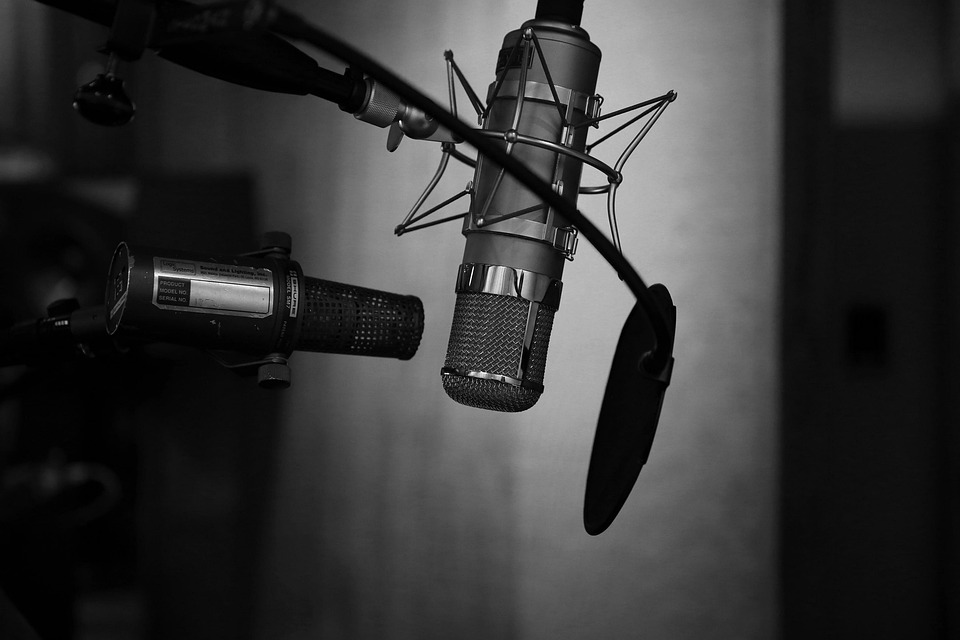BandLab is a popular online music creation platform that allows users to record, edit, and share their music effortlessly. To ensure the best audio quality for your recordings, it’s essential to understand how to change your microphone settings. This guide will walk you through the process, so you can enjoy a smooth recording experience.
Understanding Microphone Settings in BandLab
Before diving into the process of changing microphone settings, it’s essential to understand what these settings do. Microphone settings mainly involve selecting the correct input device and adjusting levels to ensure clear audio capture. BandLab allows you to choose from multiple microphones if you have them connected to your computer. Understanding these settings can significantly impact your audio quality, especially if you’re working on music production.
When you record music, the microphone serves as the primary tool for capturing sound. If it’s not set up correctly, you may encounter issues like low volume, background noise, or distortion. Therefore, familiarizing yourself with BandLab’s microphone settings is crucial for producing high-quality recordings.
Accessing Microphone Settings on BandLab
To change your microphone settings on BandLab, you first need to access the platform. You can use either the web version or the mobile app, as both offer similar functionalities. Once you’re logged in, you’ll be directed to your dashboard where you can start a new project or continue an existing one.
To access the microphone settings, click on the “Settings” gear icon typically located in the upper right corner of the screen. This will open a menu with various options, including audio settings where you can select your input device. Make sure to have your microphone connected before you proceed to ensure that it appears in the list of available options.
Choosing the Right Microphone
Once you are in the audio settings menu, the first step is to choose the right microphone from the list of available devices. BandLab will list all microphones connected to your computer or device. If you have multiple options, select the one you intend to use for your recordings. It’s advisable to test your microphone beforehand to ensure it’s functioning correctly.
Using a quality microphone can make a significant difference in your recordings. If you’re serious about music production, consider investing in a good USB or condenser microphone. These types of microphones are known for their ability to capture sound more accurately compared to standard built-in microphones. Once you have selected your microphone, you can move on to adjusting the levels.
Adjusting Microphone Input Levels
After you select the appropriate microphone, the next step is to adjust the input levels. This is crucial because the input level determines how much sound the microphone captures. If the input level is too low, your recordings may sound faint. Conversely, if it’s too high, you risk distortion and clipping, which can ruin the quality of your music.
In the audio settings menu, you’ll find a slider or dial that allows you to adjust the input level. Start with a moderate setting and test it by recording a short clip. Playback the recording to evaluate the sound quality. If it sounds too quiet, gradually increase the input level until you find the sweet spot. Aim for a level that captures your voice or instrument clearly without any distortion.
Testing Your Microphone Setup
Once you have selected your microphone and adjusted the input levels, it’s essential to conduct a test recording. This step ensures that everything is set up correctly before you start your actual music project. To do this, simply hit the record button and play or sing for a few moments.
After recording, listen to the playback carefully. Pay attention to clarity, volume, and any background noise. If you notice any issues, such as unwanted noise or low volume, go back to the audio settings and make the necessary adjustments. Testing your setup is crucial for achieving the best possible audio quality in your projects.
Using Effects and Filters
BandLab also allows you to apply various effects and filters to your recordings, which can enhance your audio quality further. You might want to add effects such as reverb, delay, or EQ to give your music a professional touch. These effects can be found in the same audio settings menu or within the track editing options.
When using effects, be mindful of how they interact with your microphone settings. For instance, adding too much reverb can make your voice sound distant and unclear. It’s often better to start with subtle effects and gradually increase their intensity until you achieve the desired sound. Always trust your ears and aim for a balanced mix.
Saving Your Microphone Configuration
Once you are satisfied with your microphone settings and effects, it’s a good idea to save your configuration. BandLab typically allows users to save their settings so that you won’t have to repeat the process every time you start a new project. Look for a “Save” button in the audio settings menu and click on it.
By saving your settings, you can streamline your workflow for future recordings. This is especially useful if you frequently work with the same microphone and recording environment. Remember to check your settings every time you start a new project, as sometimes updates or changes in your setup may require adjustments.
Common Microphone Issues and Solutions
Even with the best settings, you may still encounter some common microphone issues while using BandLab. One frequent problem is background noise, which can be caused by various factors, including poor microphone placement or interference from other devices. To minimize background noise, ensure your recording environment is quiet and free from distractions.
Another common issue is low volume or unclear recordings. If you experience this, double-check your input levels and microphone selection. Make sure your microphone is properly connected and functioning. If problems persist, consider testing with a different microphone to isolate the issue.
Conclusion
Changing your microphone settings on BandLab is an essential step in ensuring high-quality audio recordings for your music projects. By understanding how to select the right microphone, adjust input levels, and apply effects, you can significantly enhance your recording experience. Always remember to test your setup and make adjustments as needed to achieve the best sound possible.
With these tips in mind, you’ll be well-equipped to create outstanding music on BandLab. Whether you’re a beginner or a seasoned musician, mastering your microphone settings can help you produce tracks that truly stand out.
FAQs
1. Can I use multiple microphones on BandLab?
Yes, BandLab allows you to select from any microphones connected to your device. You can switch between them as needed for different projects.
2. How can I reduce background noise during recordings?
To reduce background noise, record in a quiet environment, use a directional microphone, and adjust your input levels to avoid picking up unwanted sounds.
3. Is it necessary to use a USB microphone on BandLab?
While it’s not necessary, using a USB microphone can enhance audio quality as they typically provide better sound capture compared to built-in computer microphones.
4. What should I do if my microphone isn’t recognized by BandLab?
If your microphone isn’t recognized, check your connections, ensure the microphone is powered on, and verify the input settings in BandLab.
5. Can I apply effects after recording my audio?
Yes, BandLab allows you to apply various effects after recording. You can edit your tracks and add effects to enhance the sound quality.

